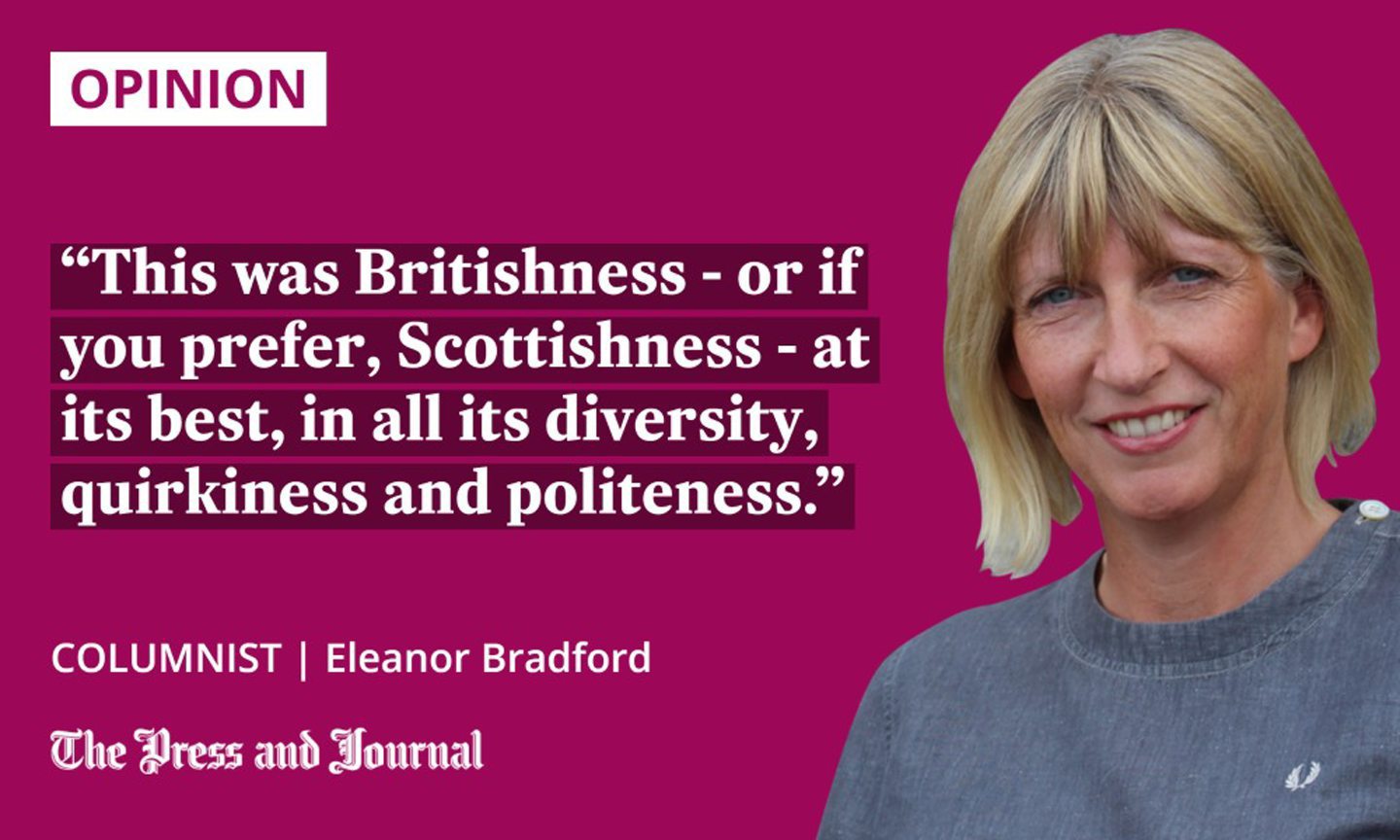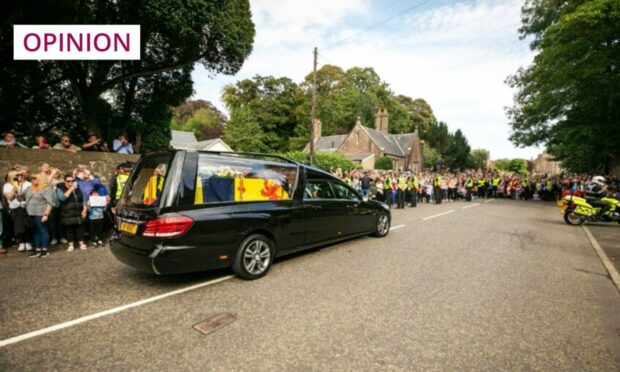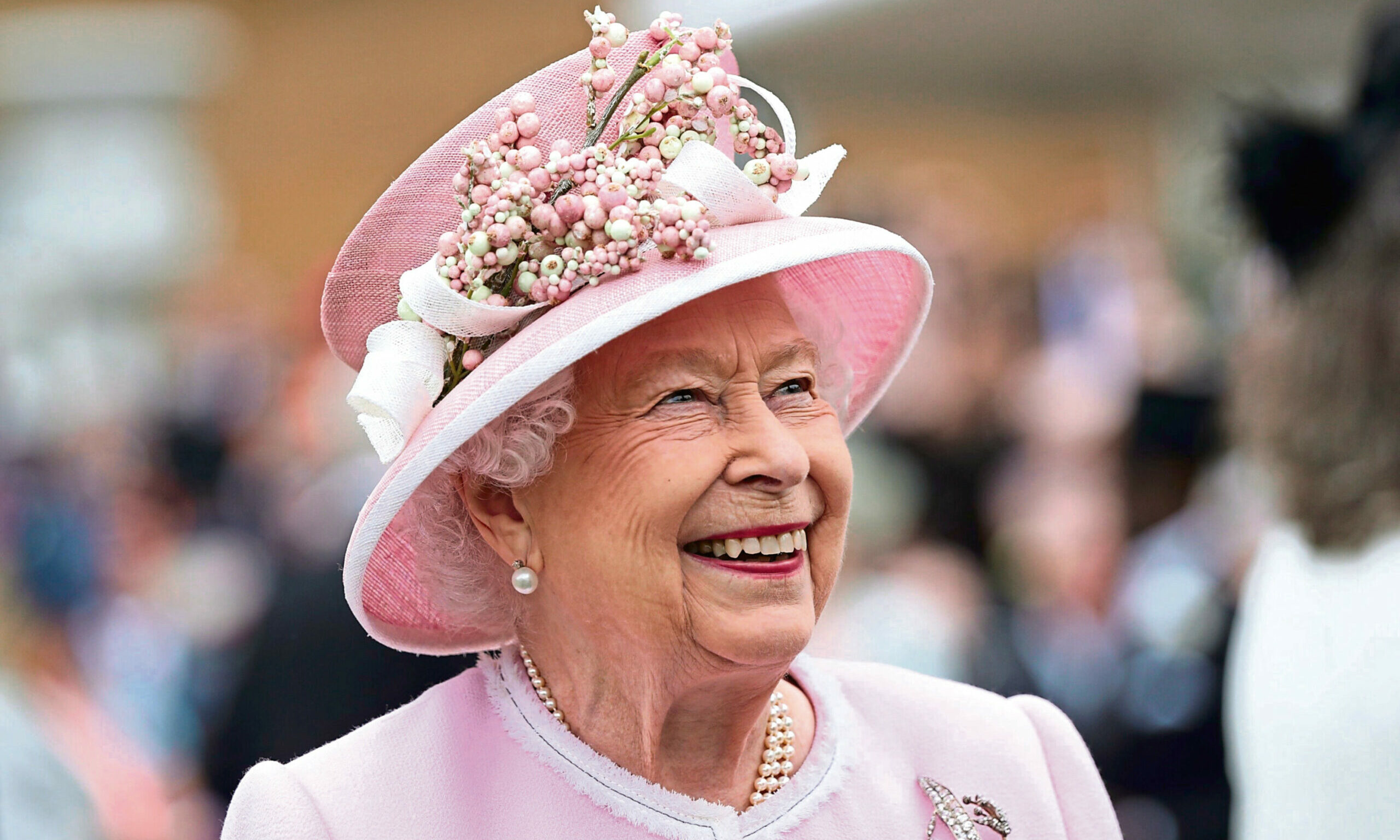The period of public mourning is over and now the reflection begins.
A former colleague of mine is one of several voices of concern that the media coverage of the death of the Queen was not impartial.
He and academic colleagues at Birmingham City University pointed out that the monarchy is perceived differently in different nations and ethnic groups within the UK. A survey as recently as May by the think tank British Future suggested that only 37% of people from an ethnic minority want to retain the monarchy, and only 45% of Scots want to do so.
Recent media reports, he argued, did not reflect a complex range of views.

I have to agree that the coverage did not chime with my experiences of living in Glasgow for nearly 20 years. In 2002, I did not see the Queen’s Golden Jubilee celebrated at all. The Union Flag paraphernalia in the supermarkets remained on the shelves unsold. Telling anyone in Glasgow that you were celebrating the Golden Jubilee was like announcing you supported England in the World Cup.
However, when it was revealed that the Queen’s funeral cortège would travel eastwards from Balmoral to Aberdeen I, like thousands of others, felt a need to see history as it happened.
The biggest cross section of society I have ever seen
I suggested to my 12-year-old that we get up early on Sunday to go and see the funeral procession as it passed through the village of Dinnet. He replied: “We’re going to travel for an hour just to see a car go past for five minutes?”
We set off with flasks of hot chocolate and pains au chocolat, feeling very middle class. I parked near Dinnet’s main street and was cheerfully greeted by a young man in a tracksuit who, to my surprise, was also here to see the cortège. Shame on me for my prejudice, because he was part of one of the most mixed crowds I have ever seen.
There were ladies in cashmere next to bikers, parents with toddlers who ran around the feet of veterans and serving members of the military. It was the biggest cross section of society I have ever seen at a public event.
The atmosphere was quite jolly, until the media helicopter signalled that the cortège was close.
As the first police car came towards us with blue lights flashing, a lone piper began to play and an eerie hush descended on the village. The hairy bikers dipped their flags, the servicemen and veterans saluted, and we all respectfully watched the cortège sweep by.
Moments later, the cheerful atmosphere returned. We all got back in our cars with our wellies and dogs and children, and patiently queued to go home again, quietly resigned to the time it took a little old lady to do a U-turn in her Corsa in order to clear the road.
When she had completed her stressful manoeuvre, we gave her a friendly wave to let her know everything was fine. This was Britishness – or if you prefer, Scottishness – at its best, in all its diversity, quirkiness and politeness.
Being a part of history
I suspect that the population of Dinnet, along with the rest of Scotland, had a variety of reasons for turning out to watch the Queen’s coffin pass that day. Some were certainly showing their support for the royal family, some were paying their respects to a monarch they admired – even if they had mixed feelings about the institution she represented – and some felt a need to see history in the making.
The royal family has that curious mix of tradition, fairytale and family drama which keeps us fascinated, regardless of whether or not we are monarchists
The media coverage reflected this overwhelming interest in events, even if it didn’t quite represent the subtleties of the reasons for it.
I was at a press event last week where editors told me they’d seen a huge surge in newspaper sales and subscriptions since the Queen’s death. This newspaper alone has gained hundreds and hundreds of new subscribers. Viewership of the Netflix drama The Crown surged by 800% in the UK during the three days following her passing, with similar interest seen in France and the US.
The royal family has that curious mix of tradition, fairytale and family drama which keeps us fascinated, regardless of whether or not we are monarchists. My Glaswegian-born son took a brilliant photo of the cortège as it passed, just inches away from him, and he never complained about the time it took to get there and get home again.
He felt the atmosphere as much as everyone else. The following day, he proudly showed his photo to his classmates. When one or two of them jeered at him for being interested in the royal family, he told them that this was a part of history which they might never get an opportunity to see again.
The British Future study pointed out that, while the monarchy can be divisive, major national events have the power to bring people together. I think my son saw the best of Scotland, or if you like, Britain, that day and I hope he will never forget it.
Eleanor Bradford is a former BBC Scotland health correspondent and now works in communications in the education sector



Conversation